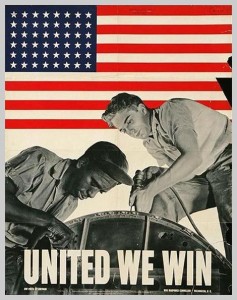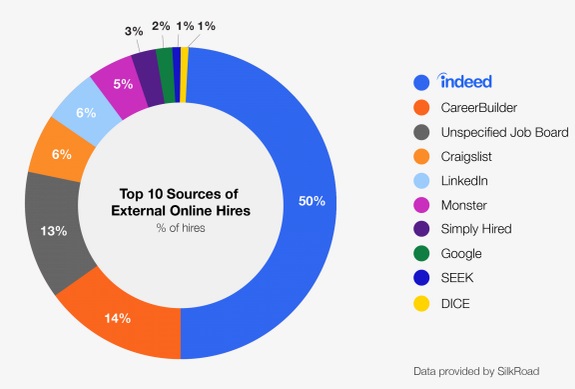In about 2 weeks my 3 sons will be off of school for the summer. That means my wife will lose her mind for the next 12 weeks as she has 3 smelly bodies running in and out of the house all day, lying around and doing what boys do. Which at this point I think entails: eating, leaving their stuff lying around, eating, watching TV/Playing Ebox, eating, texting, eating, sleeping, eating, repeat.
I’ve gotten to a point in my life where I don’t understand the American public education system any longer. When I was a kid (old white guy rant begin now), I loved it! Three months off of school during the only time in Michigan that is nice! What a great plan! As a parent/adult, I ceased believing this is a wise plan.
Will someone please explain to me why in 2015 we need to have kids off of school for 12 straight weeks?
Here are the answers I get:
– We need the kids to work the crops! (Not since 1930 was this a real reason!)
– We need the kids to work at the resorts for the tourism industry! (No, you don’t – you need the kids off school so parents will take their kids on vacation and spend money at your resorts)
– Kids need a break to let their brains reboot! (I won’t even justify this with a response.)
Here are the real answers:
– The Teachers Unions won’t negotiate a full year schedule because teachers love having the summers off.
– Some parents are stuck in this 1950’s notion that their kids need 12 weeks off in a row because they got it, so should their kids. (Do you see the pattern of entitlement beginning to take place…)
– Politicians don’t have the guts to do the right thing, so they stick with what is currently in place, even though it was developed over 80 years ago when their was an actual need to have kids off during the summer months. (This reason could be used for most of what ails America.)
So, here’s what I know: Having kids home for 12 straight weeks sucks for families. Childcare is a nightmare – many kids forced to stay home by themselves or under watched, plus the additional cost is bad for families. Kids unlearn way too much during this time off, forcing reeducation at the beginning of each year – which wastes time and resources.
What can ‘we’ do it about since politicians refuse to do anything about it? I think companies can solve this. There are some issues companies have with America’s education system right now. Companies feel kids are not prepared for the workforce, don’t have work ethic, aren’t being taught work-related skills, etc. Instead of waiting around for the world to change, I think American Corporations can change the world ourselves.
Here are 3 things companies can do to help out Moms and help out themselves:
- Job Corp. Yep, good old fashion put kids (14 yrs old and above) to work learning and training on skills companies will need in the future. No, I’m not talking about child labor – I’m talking about starting kids out in an environment where they go to work with their parents and learn how actually to work. Want to see some real change in America?! Imagine having to take your 15 year old with you to work each day for 12 weeks! Take your child to work – Everyday! That’s Big Change!
- Community volunteer programs. Companies rotate paid sabbaticals for the 12 weeks where the company workers lead teams of kids on community based projects. Help elderly fix up their homes, clean up parks and waterways, beautify our cities, clean up vacant lots, etc. Can you imagine the change that would happen if for 30-40 hours per week, for 12 weeks all of the kids eight years and up in America were working across the country volunteering?! That is an unimaginable change that would be so cool!
- Change Public Education. Corporations need to voice strongly their displeasure with the current public school scheduling and demand a change. Full year schedules. Longer days. Kids will still get time off – just spread those weeks around the year where it makes better sense to learning. This can be done. We just have to let politicians know this by not funding their campaigns if they won’t support this change.
What would you do to help out families facing the annual summer break?


